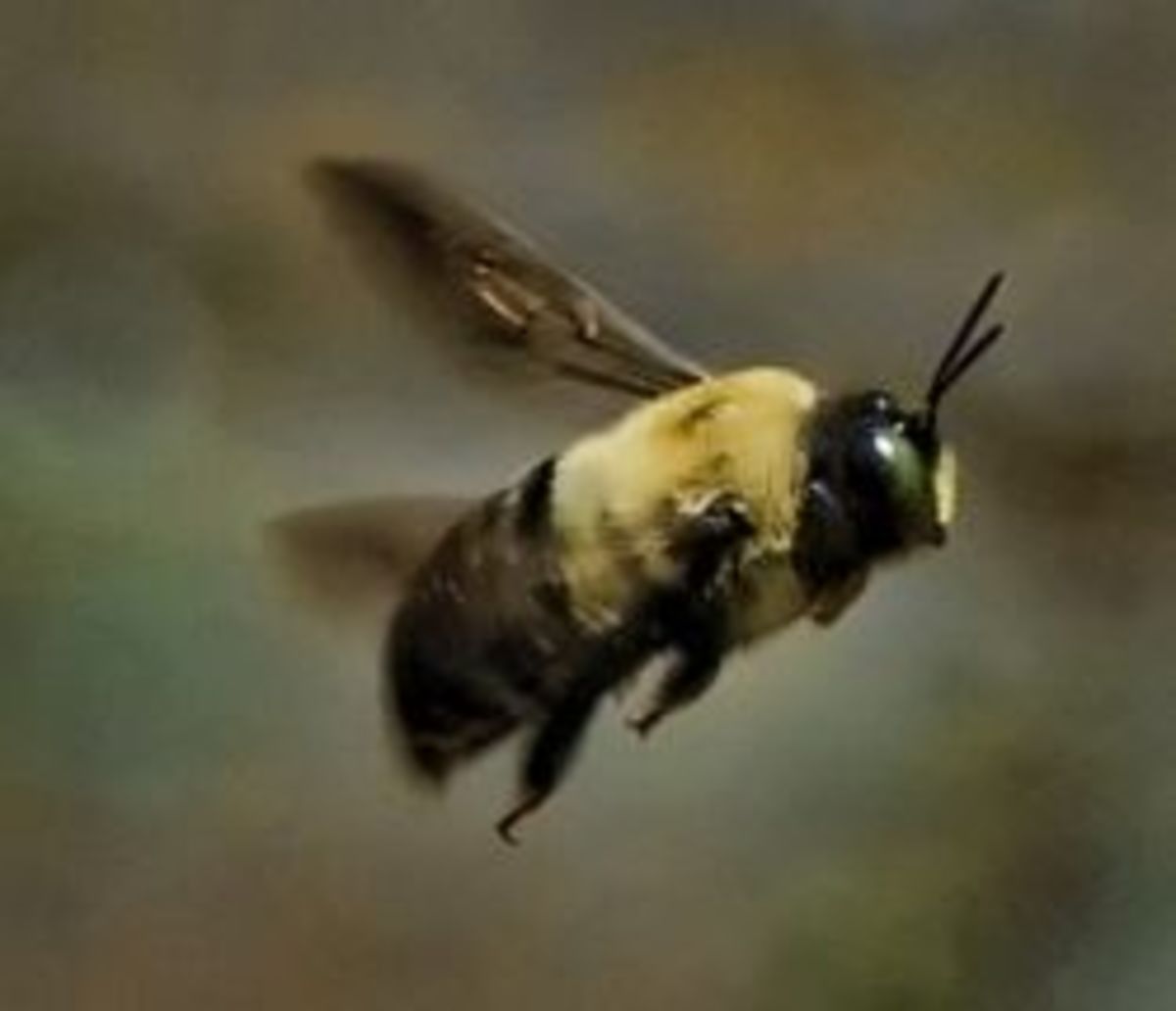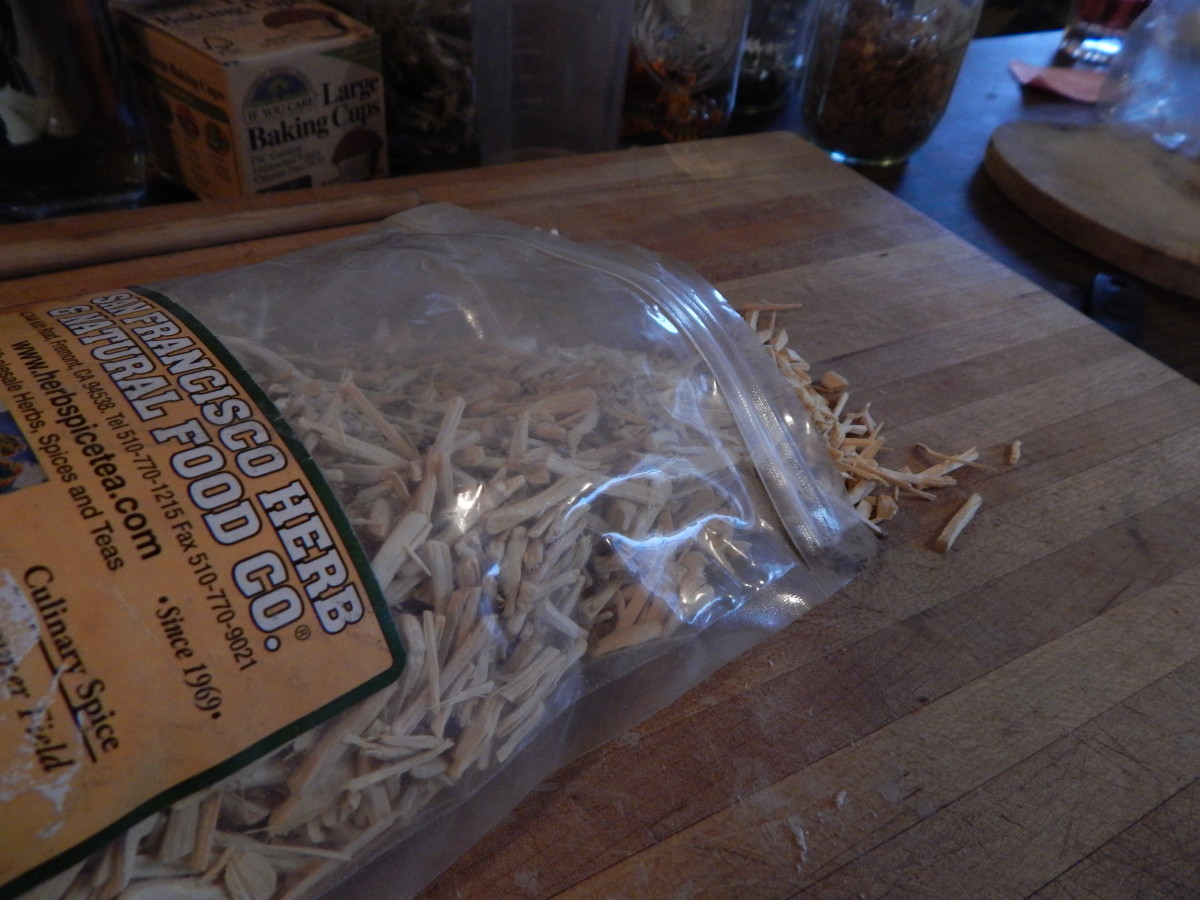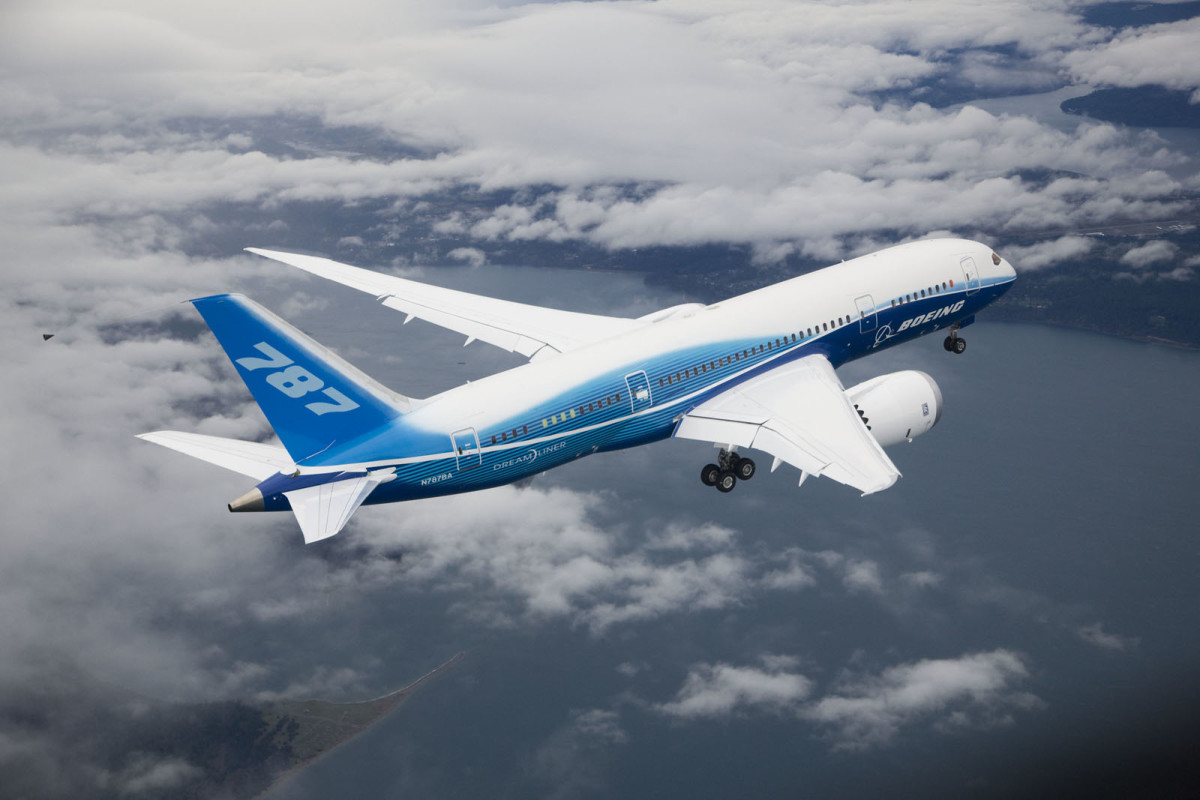What Do They Spray in Aeroplanes? Explaining Disinsection
Cabin spray
Returning from a trip to Kenya and Botswana , I was sprayed yet again with an obnoxious spray said to be required by the World Health Organisation. As a life-long asthma sufferer I am a bit suspicious of substances intentionally aimed at my breathing space and as usual covered my nose and mouth. This was unsuccessful since it is impossible not to breathe in the cloying “harmless” sweet gas.

What is disinsection?
Aircraft disinsection is a process of using insecticide on inbound international aircraft for insect and disease control. Only few countries still require disinsection, but most countries reserve the right to apply disinsection, should they suspect possible danger to health, agriculture or the environment. Numerous surveys have found that live insects – mostly mosquitoes – are often transported as “stowaways” from one country to the other.
This has the following adverse consequences:
- infected mosquitoes transmit malaria in the country of arrival – this is called “airport malaria”;
- the importation of an infected species may result in the establishment of indigenous transmission by a local species;
- introduced mosquitoes may become established in the countries into which they have been imported, especially if these countries also have tropical or semitropical climates;
- the introduction and establishment of an imported infected mosquito have led to costly control programmes, as occurred with Anopheles gambiae in Brazil and Egypt and more recently with Aedesalbopictus in the USA and Italy.
Since the mosquitoes are drawn more to the lighted passenger cabins than to any other part of the aircraft, the insecticide is sprayed in the cabin.
Methods of disinsection
1. "Blocks away" disinsection takes place after passengers have boarded and the doors have been closed, prior to take-off. The aircraft is treated by crew members spraying the cabins. Cargo holds are sprayed prior to departure and the flight deck is sprayed prior to boarding by the crew.
2. Pre-flight and "top-of-descent" spraying. With this method the aircraft cabin is sprayed on the ground before passengers start boarding, using an aerosol containing a residual insecticide. Lockers can be opened and there is no inconvenience to passengers. Pre-flight spraying is followed by a further in-flight space spraying of the cabin carried out at "top-of-descent" as the aircraft starts its descent to the arrival airport.
3. The third method consists of residual treatment. The internal surfaces, excluding food preparation areas, of the aircraft are regularly sprayed with a residual insecticide to ensure that any insect land on such a surface, will receive an effective dose of insecticide. It remains effective for eight weeks.
How Mosquitoes Use Six Needles to Suck Your Blood
Ingredients of the insecticides used in disinsecting aeroplanes
The two currently WHO recommended active ingredients are d-phenothrin and permethrin. These are both natural pyrethrins. According to the WHO, the insecticides sprays are safe if used according to procedures and in the specified low doses, but it is clear that not all agree with this, including the Association of Flight Attendants.
First I find the WHO and Food and Agricultural Organisation Data Sheet on Pesticides (Data Sheet 51 onPermethrin and Data Sheet 85 on d-Phenothrin). To my surprise I read that the data sheet should not be reviewed, abstracted or quoted without the agreement of the Food and Agriculture Organization of the United Nations or of the World Health Organization. So what can I say about it? Rats, mice, rabbits and dogs showed apparently no serious adverse affects. When it came to humans, no data were available.
A better resource is the Northwest Coalition for Alternatives to Pesticides Fact Sheets
Both Permethrin and Sumithrin or d-Phenothrin are neurotoxins.
Permethrin
“Symptoms include tremors, incoordination, elevated body temperature, increased aggressive behavior, and disruption of learning. Laboratory tests suggest that permethrin is more acutely toxic to children than to adults. The U.S. Environmental Protection Agency has classified permethrin as a carcinogen because it causes lung tumors in female mice and liver tumors in mice of both sexes. Permethrin inhibits the activity of the immune system in laboratory tests, and also binds to the receptors for a male sex hormone. It causes chromosome aberrations in human and hamster cells.”
Sumithrin or d-Phenotrhin
“Symptoms of exposure include dizziness, headache, fatigue and diarrhea. In laboratory tests, sumithrin has damaged the liver and the kidneys. It has also caused anemia and increased the incidence of liver cancer. In breast cancer cells, sumithrin increases the expression of a gene that is involved with proliferation of cells in the mammary gland. Sumithrin can also mimic certain activities of the sex hormone estrogen and keep another sex hormone from binding to its normal receptors. Thousands of cat poisonings and some dog poisonings have been reported following the use of some sumithrin containing flea control products.”
Occupational Illness among Flight Attendants due to Aircraft Disinsection
The Association of Flight Attendants tabled a report titled: “Occupational Illness among Flight Attendants due to Aircraft Disinsection” in which they describe cases of work-related pesticide illness ascribed to the practice of disinsection. The symptoms included respiratory, nervous system, dermatological, eye, cardiovascular, and gastrointestinal. Most cases had multiple symptoms. Their findings are based on the residual disinfection method.
In 2007, the International Civil Aviation Organisation concluded that there “is a need for a scientific symposium to recognize non-chemical methods as the preferred method of complying with quarantine rules . . . . . . . . . thereby avoiding the costs of chemical injury to crew and passengers and potentially increasing tourism."
In 2010 the World Health Organisation started a process of re-evaluation of the chemicals currently used in aircraft disinsection.
In the meantime I will try to find a more effective way to block out the poisons sprayed in my airspace – maybe a gas mask?







